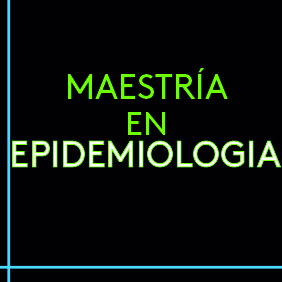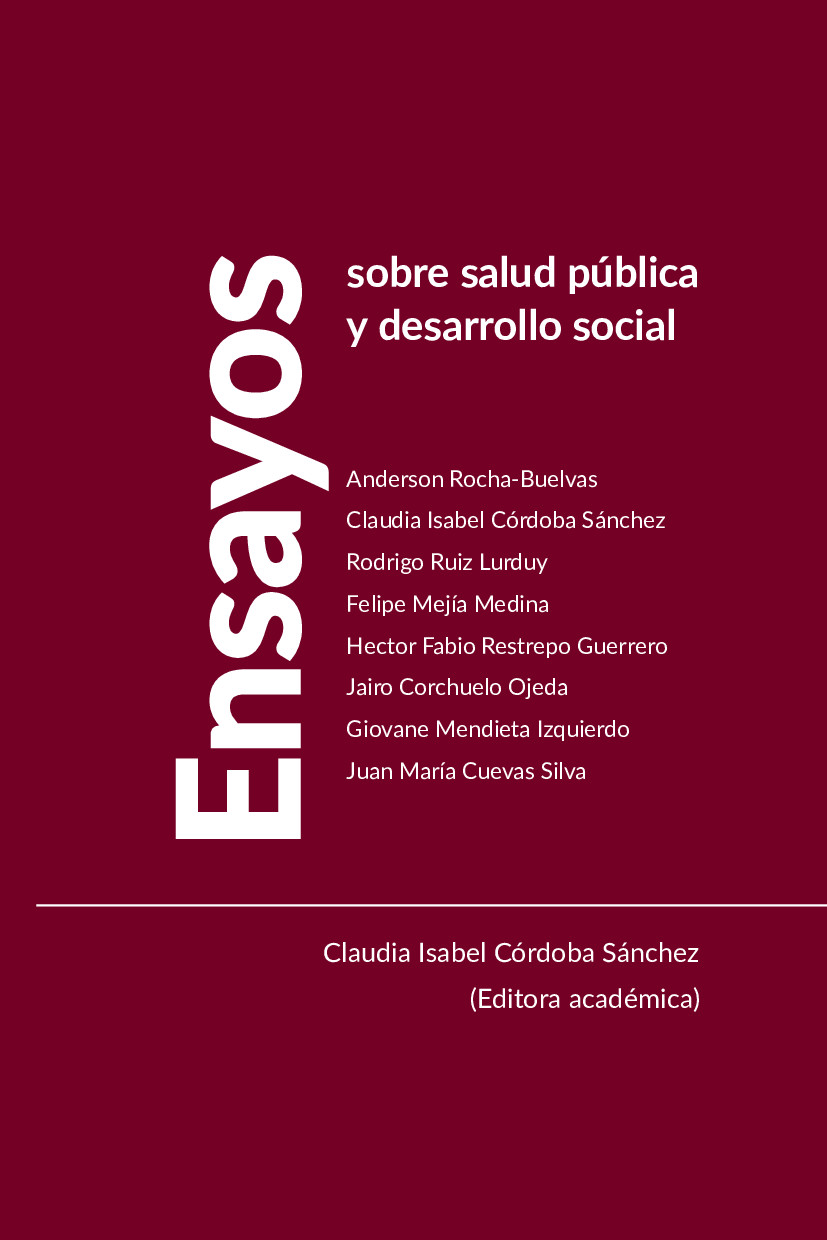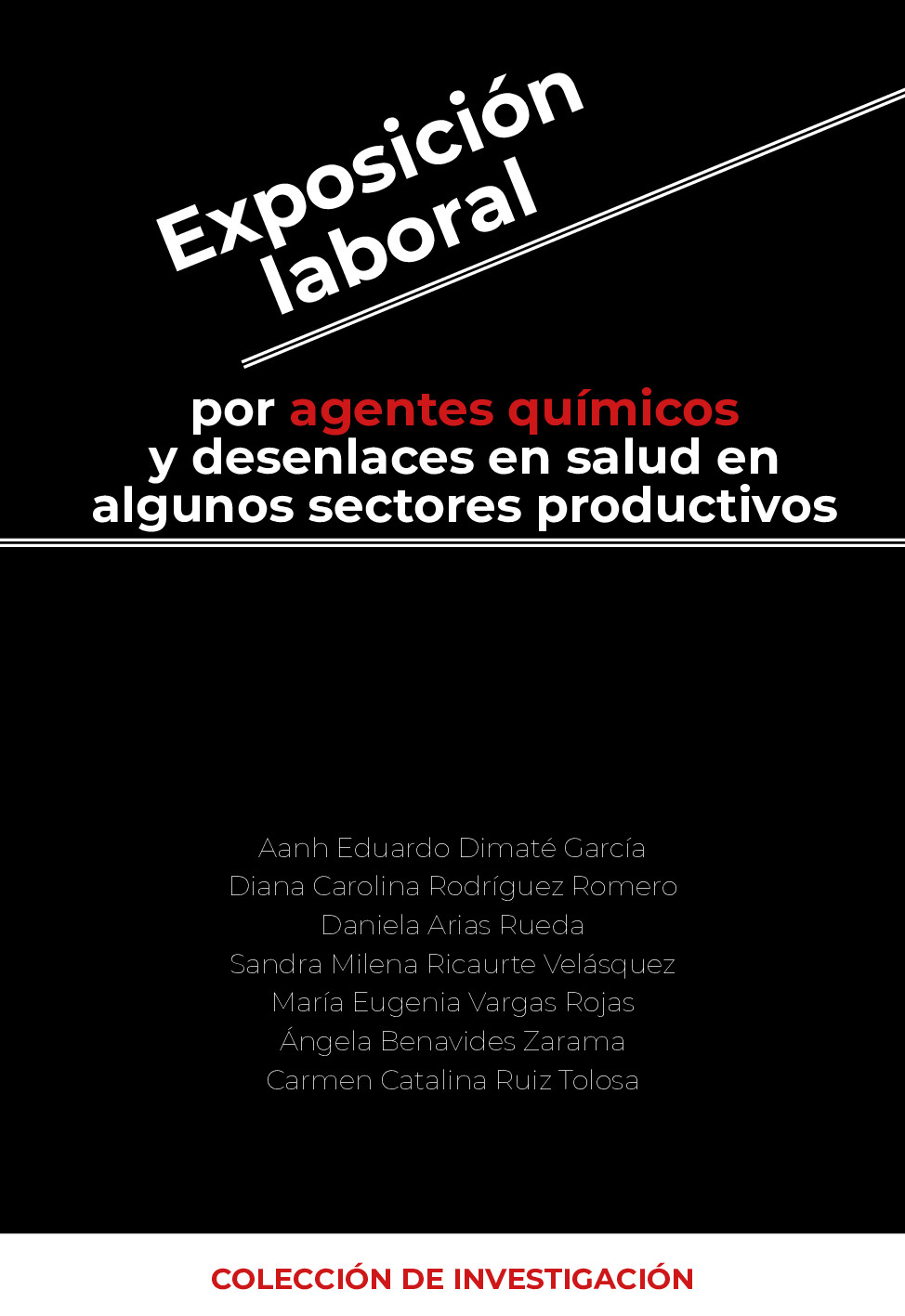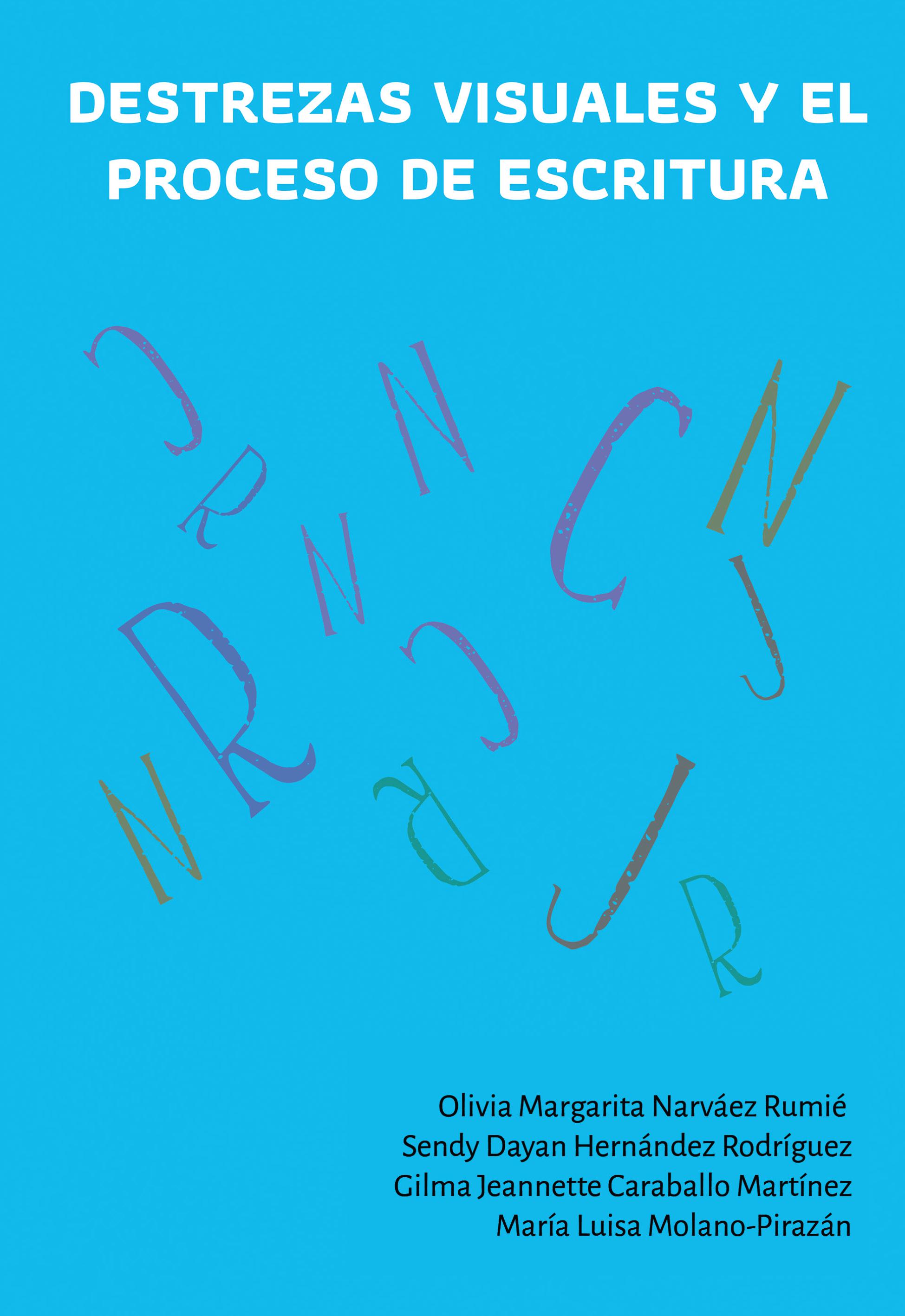Abstract
Objetivo: Estimar la prevalencia de riesgo suicida en estudiantes de medicina colombianos y caracterizar factores de riesgo conocidos en dicha población. Metodología: Estudio de tipo corte transversal, en estudiantes de medicina de diez universidades colombianas, el riesgo suicida se estimó con la escala de Plutchik. Se utilizó un cuestionario autoaplicado, realizando muestreo por conveniencia, el análisis estadístico se realizó con SPSS 5.0. Resultados: 243 sujetos, con edad entre 15-27 años, 64,5% eran mujeres, 16% cursaban internado; 3,3% tuvo autopercepción de mal rendimiento académico, 16% reportó antecedente personal y 23% antecedente familiar de enfermedad mental; 18,8% tenían consumo de licor mayor al social. La prevalencia general de riesgo suicida fue de 49.4%, se encontró asociación entre el riesgo suicida y el antecedente personal de enfermedad mental (p= 0,000; OR= 3,01 IC: 1,60-5,63) y la autopercepción de mal rendimiento académico (p= 0,001; OR= 2,32 IC: 2,008-2,696). Conclusión: Este estudio refuerza la necesidad de la búsqueda activa del riesgo suicida en estudiantes de medicina.
Licence
Authors should declare no conflicts of interest either for reasons of financing the project which is the result of the article; as well as intellectuals, academics, moral and investigative reasons.
The Journal of Andean Research is home to the ethical rules for publications issued by the COPE: http://publicationethics.org/resources/code-conduct
References
2. Silverman MM, Berman AL, Sanddal ND, O’Carroll PW, Joiner TE. Rebuilding the tower of Babel: a revised nomenclature for the study of suicide and suicidal behaviors. Part 1: Suicide-related ideations, communications, and behaviors. Suicide Life Threat Behav. 2007;37(3):264–77.
3. Minois G. Histoire du Suicide. La Société Occidentale Face à la Mort Volontaire. Fayard, Paris. 1995. p. 421.
4. WHO. Primary prevention of mental, neurological and psychosocial disorders. World Health Organization. 1998. p. 75–89.
5. WHO. Suicide worldwide in 2019. ISBN: 9789240026643
6. Macana Tuta NL. Comportamiento del Suicidio Colombia, año 2018. Forensis DATOS PARA LA VIDA . 2019 Jun;1(1):269–94.
7. Bernanke J, Galfalvy HC, Mortali MG, Hoffman LA, Moutier C, Nemeroff CB, et al. Suicidal ideation and behavior in institutions of higher learning: A latent class analysis. J Psychiatr Res [Internet]. 2017;95:253–9. Available from: https://doi.org/10.1016/j.jpsychires.2017.09.003
8. Aparicio Castillo YA, Blandón Rodríguez AM, Chaves Torres N-M. High prevalence of two or more suicide attempts associated with suicidal ideation and mental disease in Colombia 2016. Rev Colomb Psiquiatr (English ed) [Internet]. 2020;49(2):95–100. Available from: https://doi.org/10.1016/j.rcpeng.2018.07.002
9. Suárez-Colorado Y, Sañudo JP, Caballero-Domínguez CC, Pineda-Roa CA. Adaptation, construct validity and reliability of the plutchik suicide risk scale in colombian adolescents. Rev Latinoam Psicol. 2019 Jul 1;51(3):145–52.
10. Rangel-Garzón CX, Suárez-Beltrán MF, Escobar-Córdoba F. Risk suicide assessment scales in primary care. Rev Fac Med. 2015 Oct 1;63(4):707–16.
11. Carrasco-Farfan CA, Alvarez-Cutipa D, Vilchez-Cornejo J, Lizana-Medrano M, Durand-Anahua PA, Rengifo-Sanchez JA, et al. Alcohol consumption and suicide risk in medical internship: A Peruvian multicentric study. Drug Alcohol Rev. 2019 Feb 1;38(2):201–8.
12. Ferreira González L. CUESTIONARIO CAGE Screening de alcoholismo. Available from: https://meiga.info/escalas/cuestionariocage.pdf
13. Escobar Padilla B, Márquez González H, Consejo y Chapela C, López Sepúlveda AC, Sepúlveda Vildósola AC. Social Violence Increases the Risk of Suicidal Ideation Among Undergraduate Medical Students. Arch Med Res. 2019;50(8):577–86.
14. Richardson C, Robb KA, O’Connor RC. A systematic review of suicidal behaviour in men: A narrative synthesis of risk factors. Soc Sci Med. 2021;276.
15. Carrasco Farfan CA, Alvarez Cutipa D, Vilchez Cornejo J, Lizana Medrano M, Durand Anahua PA, Rengifo-Sanchez JA, et al. Alcohol consumption and suicide risk in medical internship: A Peruvian multicentric study. Drug Alcohol Rev. 2019;38(2):201–8.

 PDF (Español (España))
PDF (Español (España))
 FLIP
FLIP

















